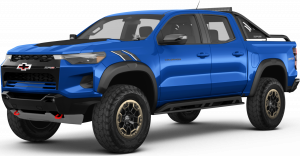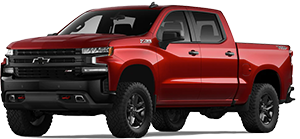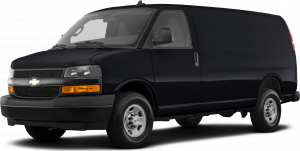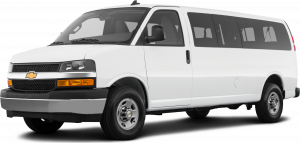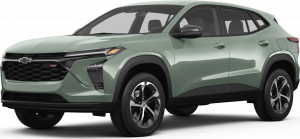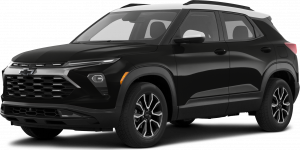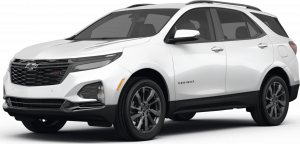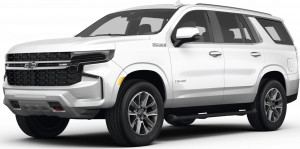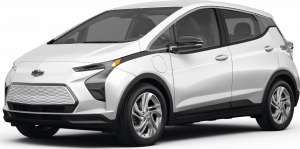
When do you swap your winter tires?
As the seasons change with Manitoba's unpredictable weather thousands of drivers each year struggle with the decision of when it's time to make a change. Deciding when to book your appointment can be a bit tricky, at Jim Gauthier Chevrolet we're here to help you figure that out.
Assuming that your summer tires are 3-season tires (or all-season), a good rule of thumb in Manitoba is to use the 7x7 rule. The 7x7 rule is simple: once daytime highs are below 7 degrees Celsius for 7 days in a row it is recommended to book your appointment to install your winter tires. Come Spring the opposite applies: once daytime highs reach over 7 degrees Celsius for 7 days in a row it should be safe to remove your winter tires.
While you do still have the risk of an early or late storm 3-season tires can handle some mild winter conditions and should be sufficient if driving cautiously.
The reason temperature is the best measurement to look at is simple. The materials that each tire is made of are designed to perform best at specific temperatures with 7 degrees being the cold weather benchmark.
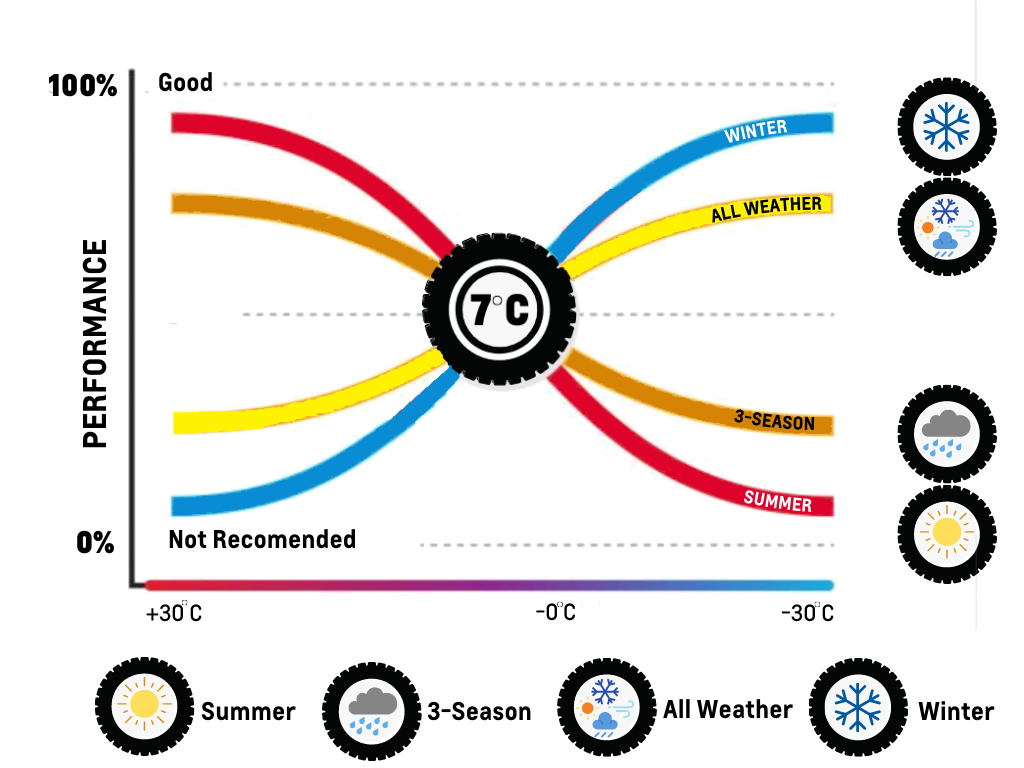
While the materials and design of a three-season tire provide optimal performance, in a variety of conditions, at 7 degrees Celsius and lower, they become stiffer and performance begins to drop. Winter tires on the other hand are designed to do the opposite and are ideal for cold, icy conditions, but begin to perform poorly and wear more quickly above 7 degrees Celsius.
Of course, with thousands of others waiting for the right conditions make sure you keep an eye on the long-term forecast to make sure you book at the best possible time for the long-term care of both your winter and summer season tires.
Tips to store your off-season tires if you choose not to use in-store storage.
- Plan out where your storage will be – your tires should be stored in a cool, dry place and always out of direct sunlight. Most garages, sheds, and attics are not suitable due to fluctuations in temperature and humidity levels. a basement or other climate-controlled space is ideal.
- Check the condition of your tires each time you remove or install your tires. Check tire pressure, look for cracks, bulging, discoloration, or other signs of wear, and ensure the tread depth is sufficient and consistent all the way around the tire.
- Clean your tires before storage and, after ensuring they are fully dry, wrap them in durable tire bags which can help preserve the look and condition of your tires while in storage.
- Tires mounted on rims are preferably stacked on their sides in a pile but can also be stood upright, or hung from a rack or hook. Unmounted tires are best stored standing upright and should never be hung as this can distort the tire.
- Avoid chemical exposure, including tire dressing and shines. One of the harshest chemicals for your tires to be exposed to is ozone so ensure your tires are not stored near electric motors that can generate ozone (such as near a furnace, sump pump, or central vacuum). You should also avoid storage in areas with solvents, fuels, and lubricants.
Book your seasonal tire exchange: schedule-service
Shop New Tires: tire-store


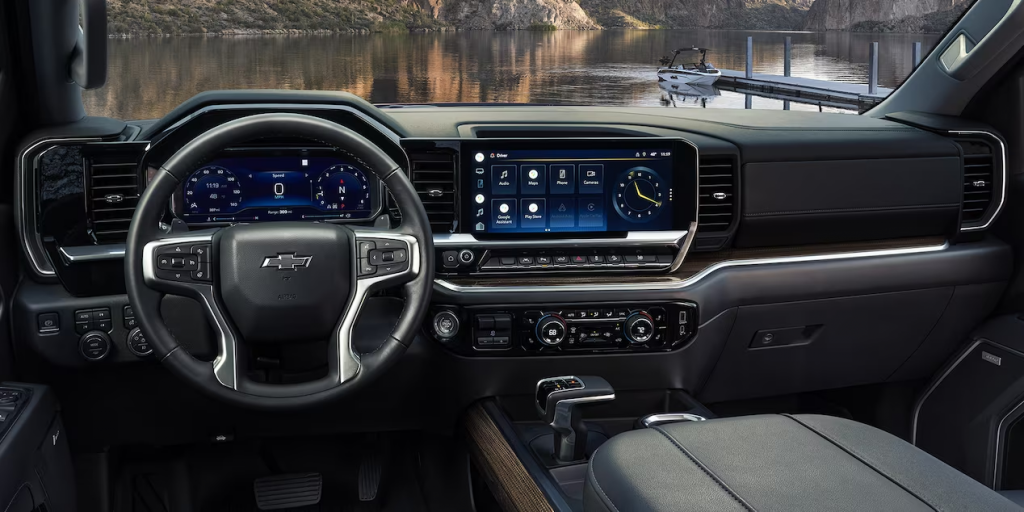
 As for towing the 2.7L in a 4x4 Crew Cab, short box layout, has a towing capacity of 9,000 lb, just 200 lbs shy of the same configuration 5.3L V8. Once again it all comes back to that high, on-demand torque. This engine's wide-bore cylinders and dual turbo generate a nearly instantaneous response with significant torque, even at low RPM, that provides all the power needed to get plenty of mass moving quickly.
As for towing the 2.7L in a 4x4 Crew Cab, short box layout, has a towing capacity of 9,000 lb, just 200 lbs shy of the same configuration 5.3L V8. Once again it all comes back to that high, on-demand torque. This engine's wide-bore cylinders and dual turbo generate a nearly instantaneous response with significant torque, even at low RPM, that provides all the power needed to get plenty of mass moving quickly.